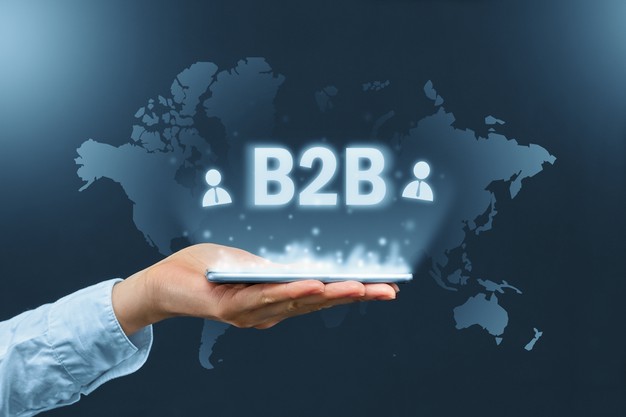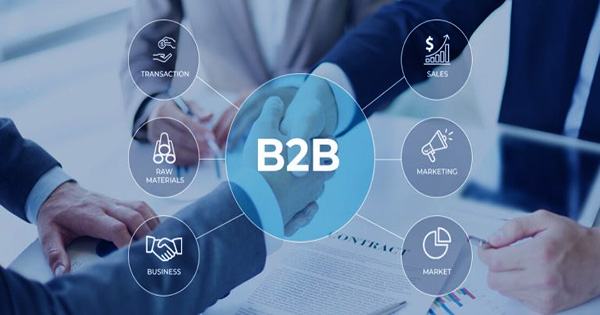
A decade ago, it may have been expected or normal that a B2B buyer would stick with the same supplier or vendor for years. These days, if a buyer hits a snag at any stage in the purchase process, many of them will simply abandon their cart and move onto the next seller. This makes the checkout page a minefield for many sellers, who are looking for ways to retain existing buyers and gain new ones.
Modern problems require modern solutions, and many sellers have turned to alternative payment methods in their online shop. They aim to appease their buyers by offering more channels of payment, more efficient processes, and even by allowing them to delay their payments with Buy Now, Pay Later for B2B.
For the most part, this has worked fine. Many B2B sellers sing the praise of B2B BNPL and its potential to increase leads and conversions, lower cart abandonment rates, and keep buyers happy. But others remain sceptical of BNPL due to some common misconceptions.
We will examine them below:
B2B BNPL Integration Is Complicated
One of the first myths B2B sellers have about BNPL is that it is complicated and difficult to integrate into their online shops. This is what causes many sellers to stay away from learning more about the product and to stick to what they are currently doing. However, this is not true.
Many BNPL providers have taken great strides to make the onboarding and implementation process easy for B2B sellers. They understand that not everyone is an expert developer, and they aim to provide the support sellers need. Many BNPL products are also compatible with the biggest e-commerce platforms that sellers are using, and many of them come in the form of APIs that can be plugged into a website without hassle.
B2B BNPL is Only For Large Transactions
The second myth that some B2B sellers may have is that BNPL is only for large transactions. This is simply untrue. Many B2B buyers delay their payments for different reasons. Some of them may prefer to establish their own cash flow cycle, and some of them may prefer to pay all their invoices at the end of a month no matter the size of the transaction.
What BNPL does is that it gives B2B buyers the flexibility to make that choice at checkout. No matter how big a transaction is, the B2B buyer can manage payments in their own preferred way.

B2B BNPL is Expensive
Another myth that some B2B sellers may have is that it is expensive to integrate BNPL into their online shop. This is not entirely true. Though different providers do indeed charge different prices for their services, it is entirely possible for B2B sellers to find a reasonably priced provider.
BNPL providers may have fixed or variable charges. This means that they may charge a set fee for every transaction the seller makes through the BNPL payment method regardless of the transaction value, or they may charge a sliding-scale set of fees depending on the size of the transaction. Regardless, more and more fintech firms are working to make BNPL a more accessible tool for companies that may not necessarily have an abundance of resources.
B2B BNPL Is Not Compatible With Other Payment Methods
Some B2B sellers may be hesitant to integrate BNPL into their online shop because they think it may take away from other payment methods. However, this is not a zero-sum game. It is much better – and more accurate – to think of BNPL as an additional payment method for your online shop. You can still keep your credit card, direct debit, and PayPal options on your check-out page.
What implementing BNPL does, again, is create flexibility for your buyers in payment method. Research has shown that B2B buyers now not only want multiple payment options when they make transactions online, but they expect it. Implementing BNPL fulfils this expectation.
Conclusion
More and more B2B companies are taking their businesses online, and the e-commerce space is bursting with options for the average B2B buyer regardless of the industry they are in. Competition is fiercer than ever, and B2B sellers must meet buyer expectations to thrive. BNPL is a newer phenomenon in the B2B space, and there is naturally some scepticism from sellers. However, some of this scepticism prove to be unwarranted, and sellers can possibly gain a great deal from implementing BNPL into their B2B online shops.






